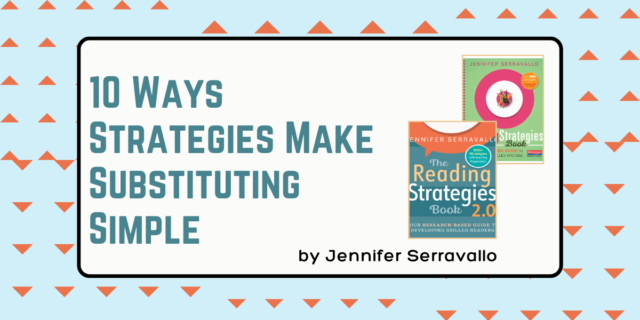
Many years ago, I traveled to Japan with a couple hundred educators from the United States. Guests of the Japanese government, we were there to be immersed in Japanese culture and schools and to share what we learned once we returned home. I filled notebooks and took hundreds of photos, but when I close my eyes today to remember, what stands out most relates to what it is like to be a teacher in that country. A few details:
- Any time I told someone “I’m a teacher” in Japan, the person I was speaking to would deeply bow (saikeirei ojigi) with gratitude and reverence.
- New teachers in their first year(s) are considered apprentices, much like doctors start as residents. During this time, they are expected to hone their craft under the tutelage of an experienced educator.
- Schools are designed to support teacher professional growth: every school featured a large common room where teachers gather, plan, reflect, and collaborate every day.
Since my trip to Japan, I’ve spent years traveling around the United States and Canada to visit class-rooms and work with teachers, and I can’t help but compare. Sometimes I’ll discover that a principal reorganized the schedule to ensure a weekly professional learning community time. Some schools have mentor–mentee relationships set up, and newer-to-the-profession teachers feel supported by a colleague. Some districts fund teachers to attend workshops or state or national conferences. And still others have a full-time dedicated instructional coach, there to support all the teachers on staff. Although styles and methods vary from school to school or country to country, here’s what I find to be universally true: the most joyful schools are ones where teachers are constantly learning, where teacher professionalism is respected, and where teacher expertise pays off with positive impacts on students.
Berit knows this. In The Joyful Teacher, her deep respect for teachers, teaching, and learning comes through on every page. She empowers each of us to set our own goals using helpful self- reflection checklists, and then guides us to chart a path to work toward them with strategies, activities, opportunities to learn alongside colleagues, and more. Berit strikes a perfect balance between choice and guidance, allowing each of us to grow into the best version of teacher we can be.
As I read each page, I found inspiration: how to stay happy and healthy in a demanding job, to help students be more independent and take ownership of their education, to refine formative and summative assessment practices so they align to my values, to improve student talk and collaboration, and more. But as inspirational as this book is, it’s also incredibly practical.
The Joyful Teacher is filled with more than a hundred suggestions culled from research, theory, and practitioner-authored professional books. It’s written in a get-right-to-the-point kind of way that is essential for a busy teacher. And despite the high number of practical suggestions, it’s not at all overwhelming, and that’s because Berit organizes these incredible ideas into ten chapters, each aligned to a goal, with ten ideas in each (plus a chapter about giving back with nine more suggestions), which helps us find what we need quickly. This is not a book you need to read cover to cover, but one you may find yourself dipping into and out of throughout your entire career.
Berit knows that we got into this profession because we love children, and we want to do our best job for them—to place them at the center of all we do in the classroom. Although The Joyful Teacher is designed to support your teaching practice, Berit grounds every suggestion in why it matters for children. Throughout the book, conscious attention is paid to making sure that all children feel a true sense of belonging and that our classrooms are places where they all want to be. Alongside each teaching suggestion, she describes the impacts to children’s learning and practice that serve as proof that our teaching is getting stronger. This matters: unlike the Hollywood image of teacher as hero or entertainer, the masterful teacher is one who helps children belong in the classroom, find their passions and strengths, and grow. Although Berit shows us which are the consistent practices that are proven by research to “work,” she empowers us to tap into our uniqueness as individuals, and honors that how it looks for each of us will be varied.
Although you may or may not have an official instructional coach, with this book you can coach yourself. Although your school building may not have been designed by an architect who saw to it that there was a physical meeting space for learning and growth, with this book you can be the architect of your own career and see to it that there is joy in the constant learning opportunities that this amazing profession affords.
—Jennifer Serravallo
…



